Walk into any pub or restaurant and there are dozens of bottles behind the counter.
Whisky, gin, rum, vodka – take your pick, it’s all there. And a large quantity of it will have passed through Diageo’s enormous packaging plant at Leven.
The Fife facility is the largest packaging plant of the company, whose iconic brands include Johnnie Walker, Tanqueray, Gordon’s and Captain Morgan.
I visited recently to find out how it all works.
As I arrive in the car park, the first thing I’m drawn to is the size of the place.
The factory stretches as far as the eye can see – you could fit a few football pitches into this site.
It is a major local employer, with a workforce topping 1,100.
I’m met by third year mechanical engineering apprentice Iona McGhie and Lynda Collins, site administrator, who show me round.
Initial impressions
Before we go in, I’m handed ear plugs, goggles and a high-vis jacket.
I’m also asked to change my footwear, so it’s off with the black dress shoes and into a pair of safety shoes for the visit.
I’ve never been given ear plugs at a factory before. Is it a precaution, I wonder, or how loud is the place really going to be?
I’m prepared for deafening noise as we walk into the factory, but it’s not that bad.
It is noisy – there’s a constant whirring sound that would become a nuisance if you paid attention to it for too long.
But I am distracted by another of my senses. A really distinctive pungent smell flows throughout the factory.
Fine for those who like rum, but less so if you – like me – aren’t such a fan.
I’m told you get used to it, but I definitely could have done with a mask or nose plugs to block out the odour.
What goes on at the Diageo Fife bottling plant?
The Leven site produces around 40 million cases of premium spirits each year. That is almost a million cases a week.
The spirits are produced at Diageo’s nearby Cameronbridge distillery before making their way to Leven.
They are then bottled, labels added and packed into cases before being sent out.
The majority of the production at the site is for export to markets around the world.
Its brands also include Johnnie Walker, Smirnoff and single malts including Lagavulin, Talisker and Oban.
A slick operation
As we make our way round, I’m introduced to other members of staff and get a chance to see their roles up close.
Comparing this to my job working in the newsroom, there are some clear similarities. While everyone is eagerly getting on with their own jobs, there is a camaraderie between colleagues
The speed at which the bottles are packed into boxes ready to be shipped out is quite astonishing.
Should I have a go? I decide to pass this time for fear of holding this super-efficient team up or, more likely, smashing one of the bottles everywhere.
Diageo plant an institution for Fife jobs
As we walk round, I’m able to find out more about how Iona decided upon a career as a mechanical engineer.
Having grown up in Leven, she’s always been interested in a career at Diageo – her dad works at the site as a lorry driver.
She said: “I was always curious as to what went on inside.
“It is great to now play a role in making sure it’s a productive contribution to our local community.”
Iona – who does two days a week at Fife College and three at work – says she’s never been put off being in the minority as a woman working in engineering.
“I just love it. I really like to get hands on and involved in jobs, stripping things down and rebuilding them.
“I’ve always been in the minority of the only girl, or one of the only, in the workshop, but it doesn’t bother me at all.”
A critical role
What does a day look like? She says no two are the same – something as a journalist I can relate to.
She shows me the labelling station – which operates at serious speed, sticking labels to each of the millions of bottles that pass through.
At the rate the bottles go speeding through, it is clearly critical any faults are solved quickly.
“We’ve got to be ready to fix problems and get the lines back up and running,” she said.
“It can be a really fast paced environment, which at times can be demanding.”
Iona still has another year to run on her apprenticeship, but is hoping to secure a permanent engineering job at Diageo.
Final thoughts
It’s impossible not to notice that hundreds of workers are required at any one time to keep the massive Fife site running.
Everyone is focused on their own role, whether that be packaging the bottles into boxes, labelling or ensuring the lines operate efficiently.
It is an impressive operation.
After the tour, we leave the factory floor for the serenity of a meeting room.
No smell, no whirring noise and no need for my less than flattering goggles.
A busy newsroom can be a hectic place – people frantically working away to file stories before deadline, but I would rather be under that pressure than knowing a mistake could grind the whole of Diageo’s bottling plant to a screeching halt.
It’s also quite a demanding job, though I imagine the feeling of seeing the thousands of Diageo products stocked in bars and restaurants is reward enough for its 1,000-plus workforce.
When I have a gin and tonic this weekend, I’ll certainly be raising a glass to the staff in Leven for their hard work.
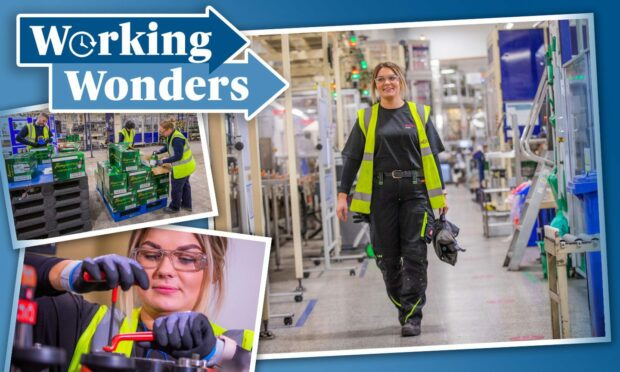
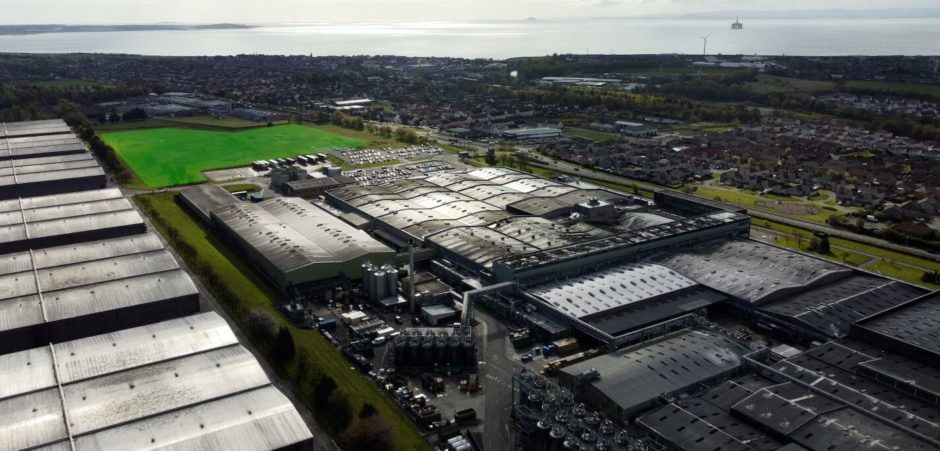
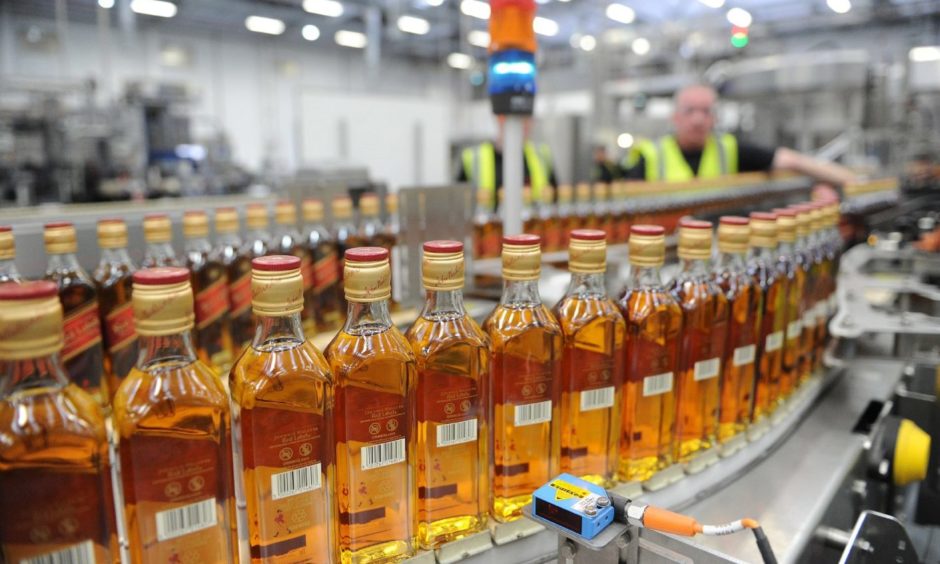
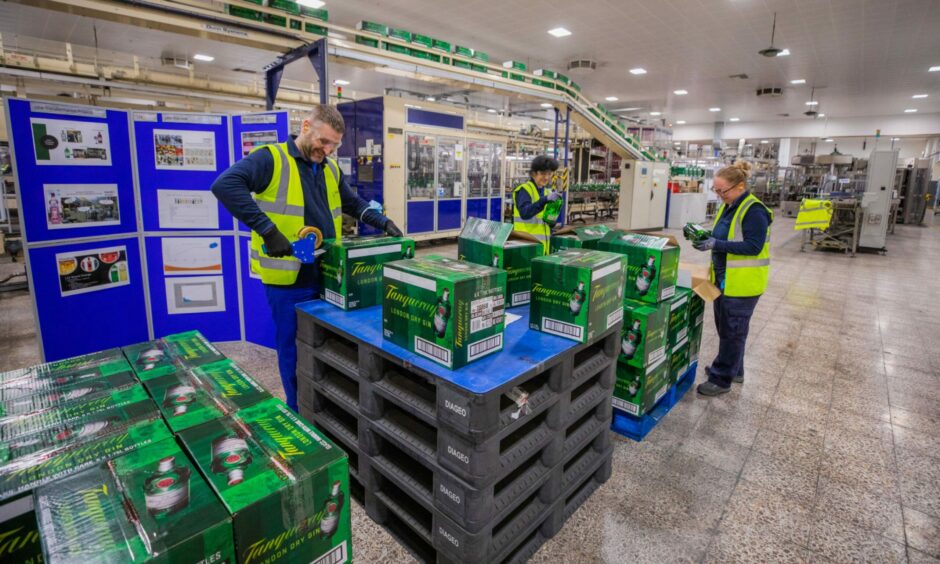
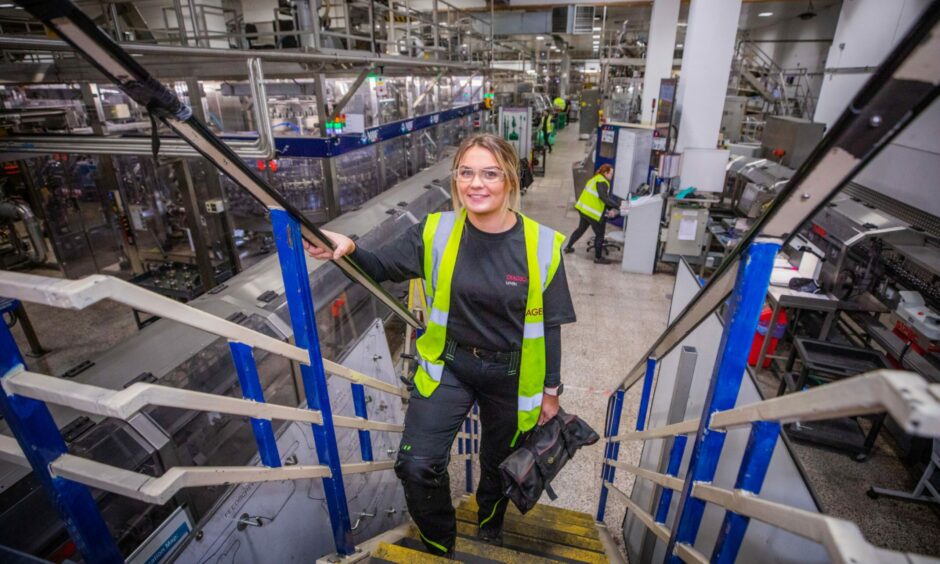
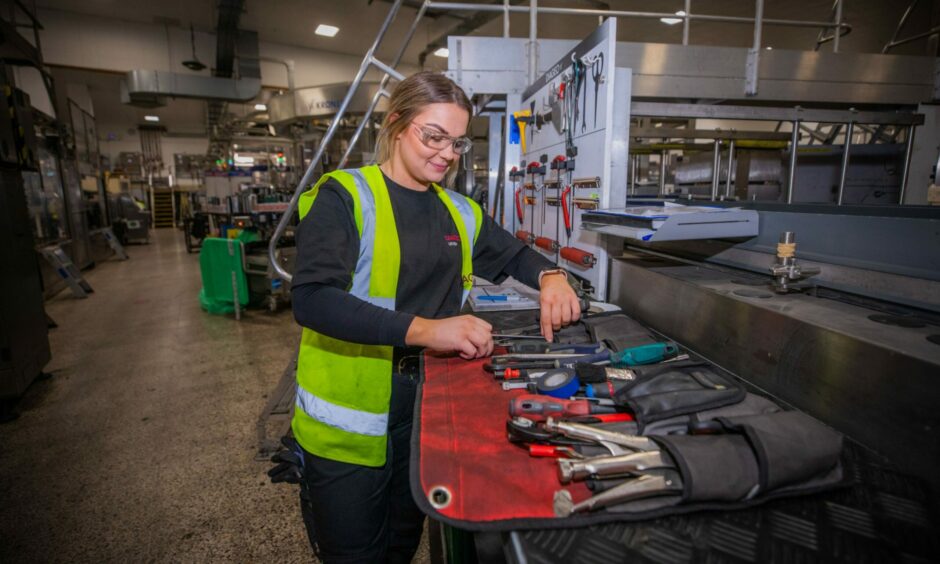
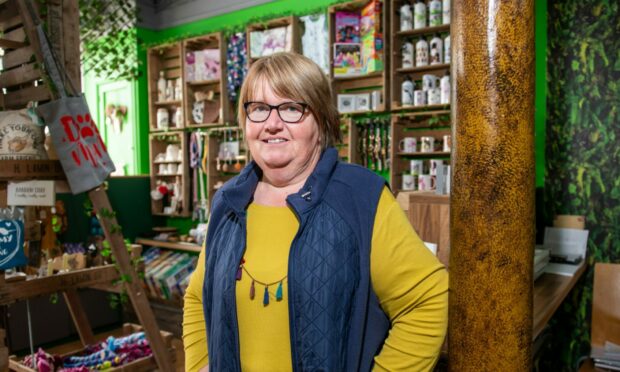
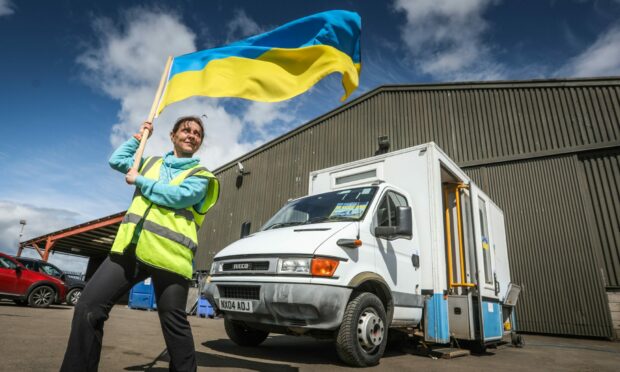
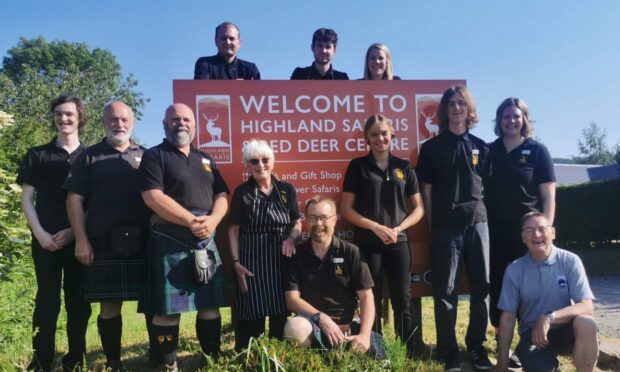
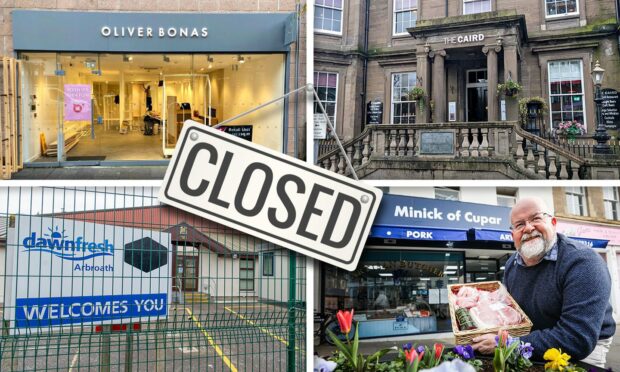
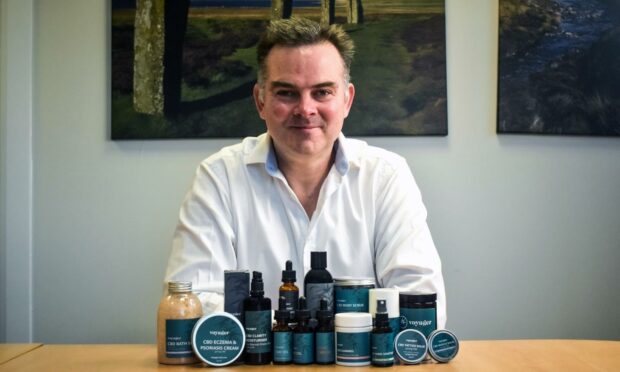


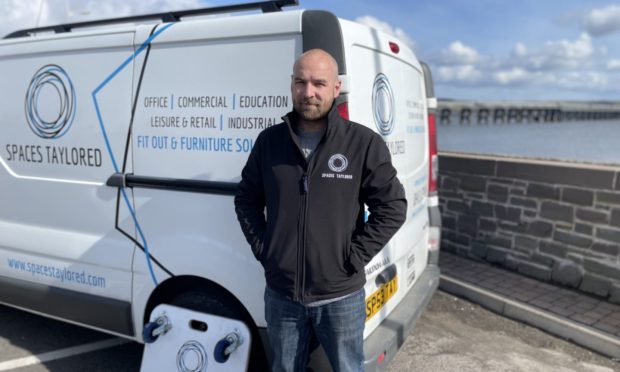
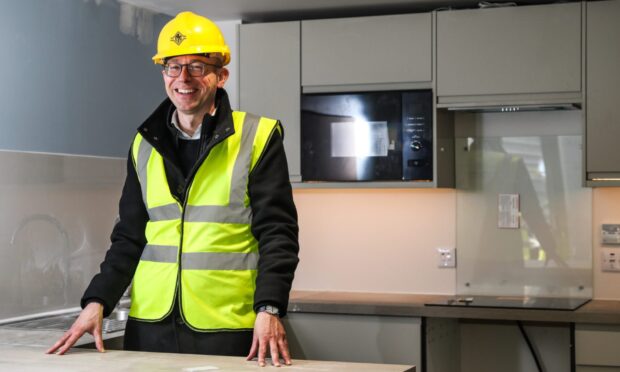
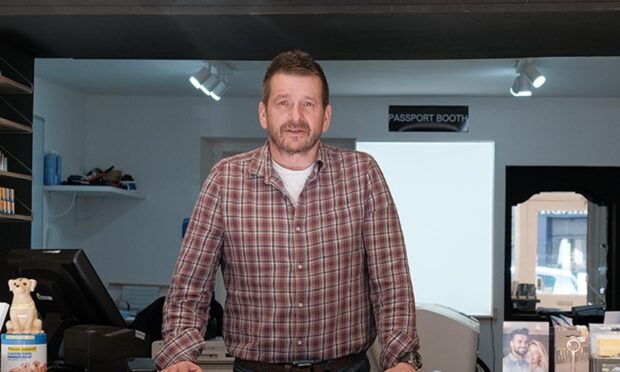

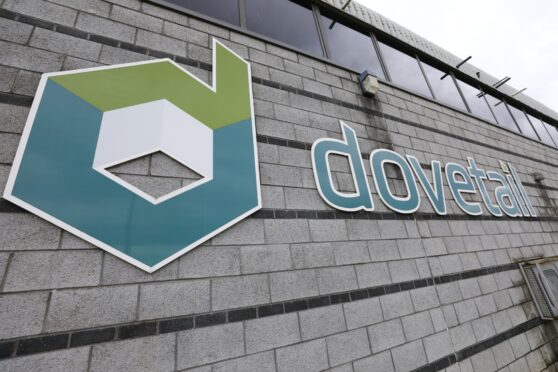


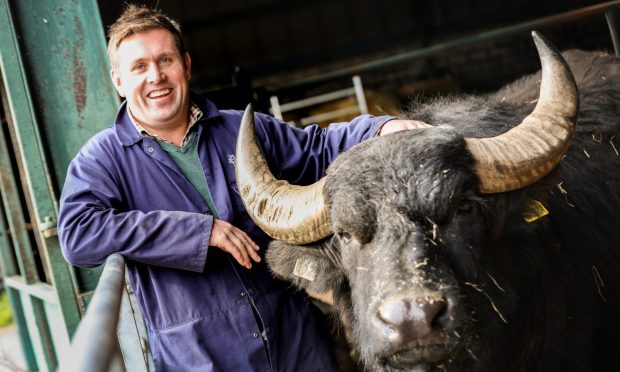

Conversation